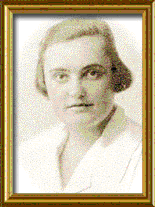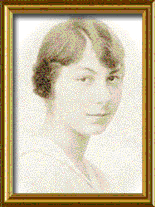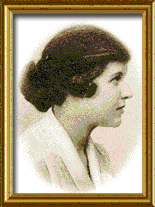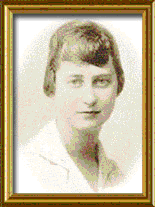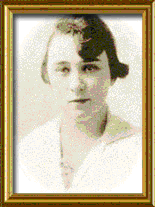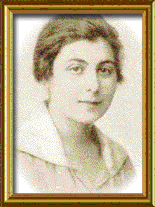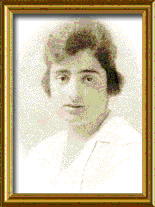History
Local History
During the Spring Recruitment of 1999, our founding president, Debra Horn, participated in Purdue University's Formal Recruitment process. Finding that she could not feel comfortable in any of the sororities due to her religious and cultural differences as a young, Jewish woman, she chose not to join any of the houses. Later in the semester, members of the Hillel Foundation and Alpha Epsilon Pi asked Debra if she would be willing to begin the efforts of bringing a sorority that was founded on Jewish principles to Purdue. Knowing that she could not do this alone, she contacted fellow Jewish freshmen Cynthia Gimpel and Laura Glaser. Along with Jewish women in other sororities at Purdue and members of the Hillel Foundation, the three brought the idea to colonize a new sorority to the Purdue Panhellenic Association on April 8, 1999.
On September 21, 1999, these women, along with Dina Levitan, Emily Vaughan and Alanna Engel, founded Alpha Upsilon, the student organization that was dedicated to bringing a sorority that was nationally affiliated Judaism to Purdue University. Thus, they became known as the "Founding Six". By the spring of 2000, these women identified that Jewish women were not the only group of women on campus who were not joining sororities due to their religious, ethnic or cultural associations. At that time they made a commitment to recruit diverse women who would be able to develop the bonds of sisterhood and respect that were necessary to form the foundation for a new sorority at Purdue.
In the spring, the group recruited 27 new members, and on April 6, 2000, the Purdue Panhellenic Association voted to invite Sigma Delta Tau to campus to meet with the Panhellenic Executive Board and the women of Alpha Upsilon. Sigma Delta Tau met with the women of Alpha Upsilon on April 26, 2000, and both groups voted unanimously to choose each other for extension. On August 30, 2000, Sigma Delta Tau and Alpha Upsilon petitioned to join the Purdue Panhellenic Association, and they were invited to join on September 21, 2000.
The Alpha Class of the Alpha Epsilon Chapter was pinned on October 15, 2000; they were initiated by representatives of the National Council of Sigma Delta Tau, including National President Mardi Kunik and NPC Delegate Chickie Lowenstein, on November 12, 2000.
National History
On March 25, 1917, seven young women who exemplified self-confidence and the willingness to take a chance, founded a new sorority at Cornell University. The name chosen, Sigma Delta Phi, was soon changed to Sigma Delta Tau when the women discovered the letters belonged to another Greek organization. Most of the seven had experienced the subtle, but very real, discrimination practiced against religious minorities by many Greek organizations at the time.
In response to the closed doors, and as a way to meet their own social and housing needs, these young women established a sorority which would respect the individuality of its members. The personal growth and social development of each individual was the basis upon which the new organization would be built.
On June 16, 1917, the seven founders and their Ritualist were welcomed by Cornell administrators and faculty and representatives of the seven National sororities on campus--Alpha Omicron Pi, Alpha Phi, Delta Delta Delta, Delta Gamma, Delta Zeta, Kappa Kappa Gamma, and Kappa Delta--as their guests of honor at the Installation Banquet of Alpha Chapter of Sigma Delta Tau. Pledges Frances Bayard and Frances Brock also were present for the banquet.

